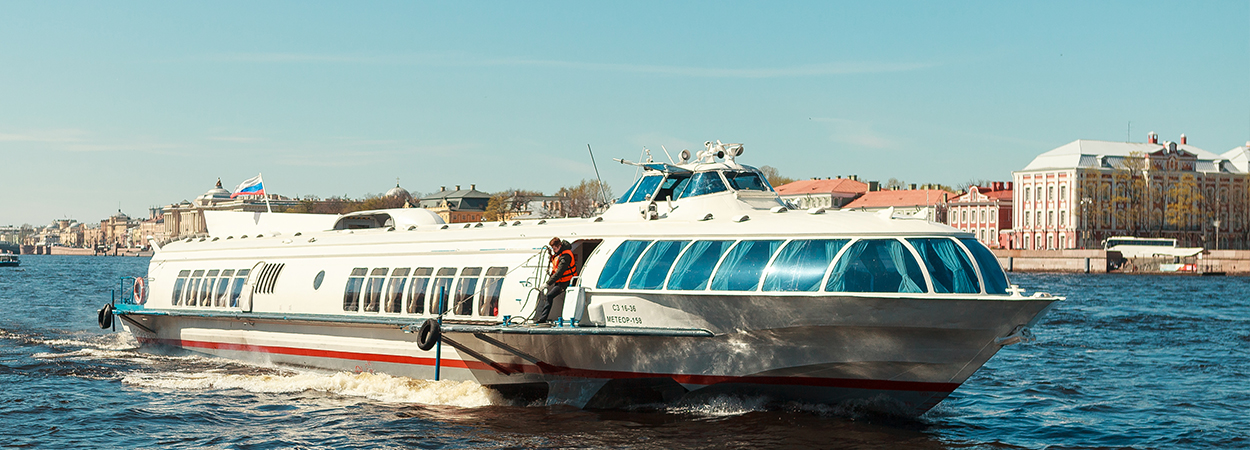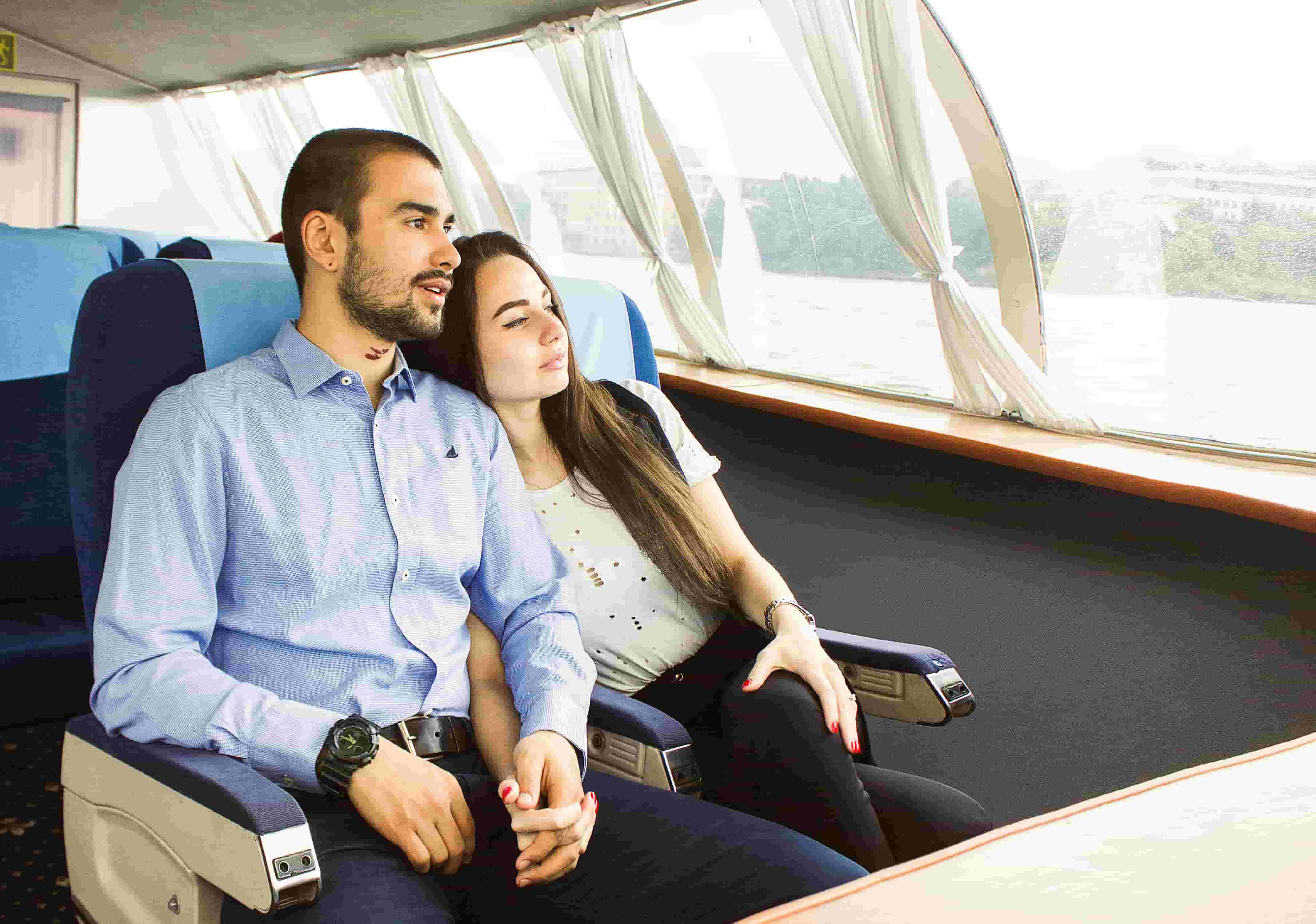About Meteors
The idea of the floating craft on the hydrofoils did not give rest to the inventors of the 19th century, but the steam engines of that time did not have enough power for the ship to gain the necessary speed and was able to rise above the water. At the beginning of the 20th century, suitable engines already existed, but now it was not possible to create a suitable wing. Engineers offered the most inconceivable forms of it, but the test result was still the same: the ship was waving helplessly in the water.
Surprisingly, the history of the unique motor ship begins at the Gorky Polytechnic Institute with the diploma work of a student Rostislav Alekseev, who presented to the attestation commission a draft of a ship that the shipbuilding history did not yet know.The young man studied the behavior of the wing of the aircraft in dense streams, when it dawned on him: precisely those forces that do not allow water transport to pick up speed, in the end, and make it fast! Thus, the idea to create special lightly submerged wings, the design of which will allow them to use the lift force generated by the pressure difference. If such wings raise the vessel above the water, then it is possible to simultaneously reduce the resistance to movement and the influence of the waves. The principle of operation of such wings will go down in history as the “Alexeyev Effect”.

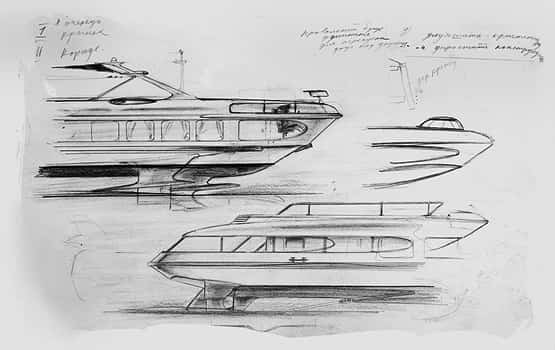
Unfortunately, right after the institute, Alekseev sent to build not ships, but tanks — just by that time the war began. However, the young engineer is not going to part with the dream of a high-speed vessel and devotes all his free time to its development. In the end, his zeal turns out to be rewarded: In 1957, the “Rocket” comes off the assembly line - the first ship produced using the technology of hydrofoils. His first flight "Rocket" with 30 passengers on board commits from Gorky to Kazan. The distance is 420 km. It was completed in 7 hours. The time by that measure is so fantastic that not everyone believed in it at once. It was a sensation of Alexeev and his engineers.
But progress does not stand still, and now in 1961, Meteor, a vessel intended for high-speed river traffic with a range of up to 600 meters, enters production. More spacious, able to overcome even greater distances, having a comfortable lounge with a cafe and bar, it is quickly gaining popularity. Combining speed, safety and comfort, “meteors” not only easily competed with ground transportation, but also became an integral part of the river leisure of the townspeople.
The “meteors” were also able to disperse around the world: today they can be found in many countries, from Vietnam to the Netherlands. Of course, with a special love for winged ships have always been in St. Petersburg, where they have become a landmark in their own right.
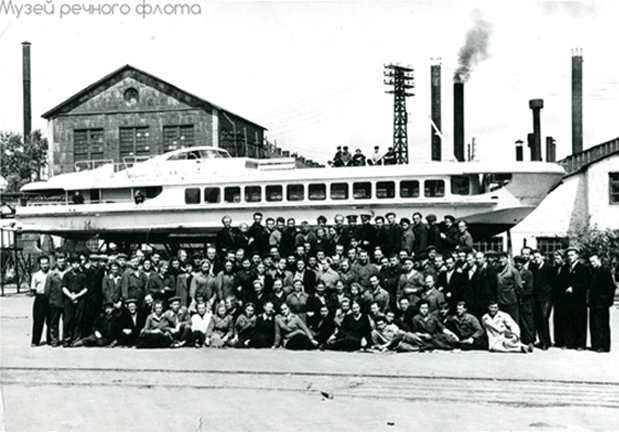
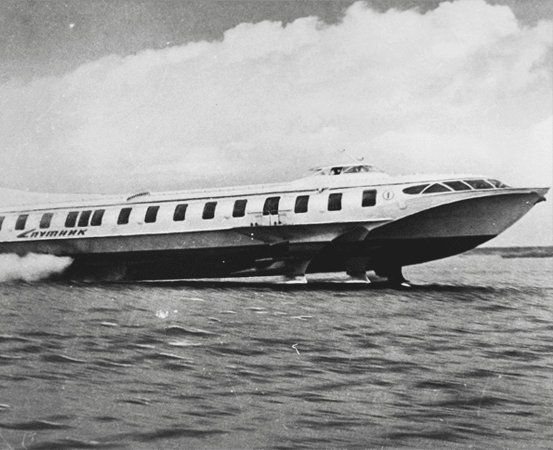
Petersburgers loved to travel to the "meteors" in the picturesque suburbs, which is not surprising, because it is not only the fastest way to get, but also the opportunity to touch the story, having seen live with the ships that have changed our understanding of speed.
Without ceasing to evolve, today high-speed motor ships can boast of unprecedented comfort. For example, all the “meteors” of Petergof Express are equipped with spacious lounges with comfortable seating and TVs, cafes, toilet rooms, business-class lounges with panoramic windows and an open deck where you can take fantastic photos. If we add to this the delightful views from the window and the fact that the whole trip to Peterhof takes only half an hour, then the question “what to go on?” Will not even arise. Of course, on the "meteor"!
